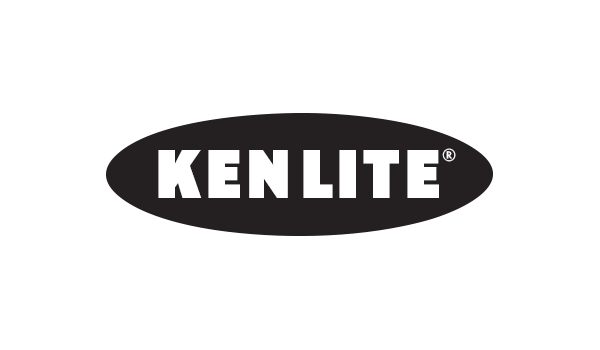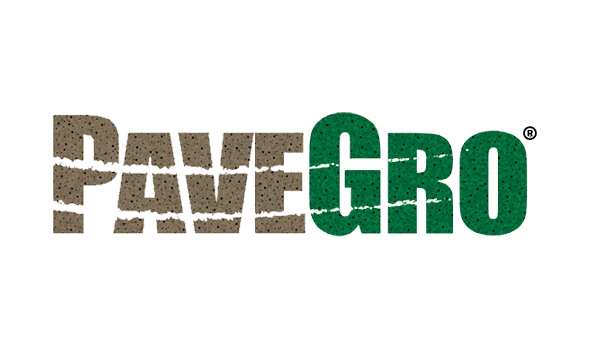Automotive Support Building Features 3-Hour Fire Rated CMU
- Home
- Case Studies
- Lightweight CMU
- Automotive Support Building Features 3-Hour Fire Rated CMU
Key Insights:
Quick Facts
-
Name: Automotive Support Building
-
Location: Woodstock, Alabama
-
Customer: Tupelo Concrete Products, now a division of Smyrna Ready Mix Concrete (SRM)
-
Client: Mercedes-Benz U.S. International (MBUSI)
-
Size: 1.4 million square feet, covering 280 acres
How Arcosa Helped
-
Our Solution: Supplied fine lightweight aggregate and mix design suggestions to produce 10-inch concrete masonry units (CMUs) to meet strict fire-rating and structural efficiency requirements.
-
Why Lightweight Works: The use of lightweight aggregate fines in block production reduces the overall weight of CMUs while enhancing fire resistance.
Final Results
-
Achieved a 3-hour fire rating for the CMUs, supporting the building’s fire separation walls while ensuring cost-effective, safe construction.
Key Quote
Context:
-
Considerations: Lightweight aggregate is widely used in high-performance construction projects, especially where fire resistance and weight reduction are key requirements. This application shows how lightweight concrete masonry units (CMUs) can provide structural and safety benefits in large-scale industrial facilities.
-
Lesson to Learn: This project reinforced how the use fine lightweight aggregate in block can achieve fire-rated walls in large structures, especially when working with tight timelines and specific performance requirements.
Explore Further
Automotive Support Building Features 3-Hour Fire Rated CMU
Today, this 1.4 million square-foot facility is a key part of Mercedes’ strategy to produce electric vehicles at the nearby Vance, Alabama plant. Located on 280 acres in the Scott Davis Industrial Park in Woodstock, Alabama, the facility is just seven miles from the main production line, providing critical support for Mercedes-Benz’s shift to hybrid and electric vehicle manufacturing.
During construction, the project was code-named “Big Shiny.” To meet the three-hour rated fire requirements for the project, Tupelo Concrete Products worked with experts at Arcosa Lightweight to develop the mix design for the concrete masonry units. Tupelo Concrete Products is now a division of Smyrna Ready Mix Concrete, LLC (SRM), based in Murfreesboro, Tennessee.
Unique Requirements
Tommy Bigham, General Manager of SRM’s Block Division, says the CMU used in this project had a number of unique requirements. “The CMU posed unique challenges, particularly because it required a 10-inch UL-rated block,” says Bigham.
“We worked with Arcosa Lightweight to get our mix design right, to sell the builders on the fact that we didn’t have to go through UL certification, that we could give them exactly the product they wanted, provide a good outcome, and meet their construction schedule.”
Bill Wolfe, Arcosa Lightweight’s Marketing & Technical Manager, explains that the company has a number of staff experts to help customers determine the best and most economical way to incorporate lightweight aggregate into their specific application. “To determine the fire resistance of these 10-inch units, calculation procedures in ACI 216.1-14, Code Requirements for Determining Fire Resistance of Concrete and Masonry Construction Assemblies ,were used. The procedures are based on volumes of existing fire test data,” Wolfe says.
“One of the ways that fire resistance is sometimes specified is to require a UL (Underwriters Laboratory) Certification of the units, which is fine, except that you’re just paying UL to certify what is easily determined using standards that are acceptable to the building code.”
Optimizing the Mix Design
“Arcosa was very good in adjusting exactly what we were doing here,” Bigham says. “We were able to give the engineers with the project the peace of mind that we were going to provide something that they were going to want on the job.”
With an oven-dry density of about 103 pounds per cubic foot, the 10-inch CMU classifies as a lightweight unit. “The combination of the equivalent thickness, the facial thickness, and the proportions of the aggregates in the concrete from which the blocks are made, all combine to determine what the fire resistance rating of that unit will be,” notes Wolfe.
“After Arcosa Lightweight got with us on our mix design, we produced a block that’s somewhere around 42 pounds,” says Bigham. “We went through all the submittal processes of having those tested for absorption, strength, and all the different variables that the engineer wanted to see.”
Transportation Benefits
One of the additional benefits of lightweight concrete masonry is reduced transportation costs. That was a critical factor in the delivery of the block. “This particular project is about 100 miles from their Mississippi plant,” says Wolfe.
Because lightweight block allows for more units per truck, it reduces the number of truckloads required to deliver all the blocks for the project, resulting in significant savings for the owner. Bigham adds that a special computer program was used to maximize each load.
“The guys in our plant worked really hard to come up with a cubing pattern on the computer that would give us the maximum amount of units we like to see in a cube,” he says. “We got about 100 to 150 more units per truck than we thought we would. But over the life of the job, when you talk about 250 deliveries to the job site, there’s a lot of money at the end of that rainbow when you add up even 100 more blocks per truck getting out the door.”
Experts On Call
In the end, the delivered units met all specifications, kept the project on schedule, and provided transportation savings to the building owner. “If it hadn’t been for Arcosa Lightweight, really working with us and getting our mix design right, increasing our lightweight a little bit, and getting that cement content right where it needed to be for the strength to maintain the lightweight in the block, we don’t think that we’d be as successful as we are with it,” says Bigham.
“We try to do more than just sell lightweight aggregate,” Wolfe says. “We’re happy to help with things like calculating the fire resistance rating of a concrete assembly, whether it’s masonry or structural concrete, and also to help document that fire resistance to the architect, engineer, or code authority.”
By delivering a customized lightweight concrete solution, Arcosa Lightweight helped ensure the success of this pivotal project for MBUSI, supporting their ambitious production goals in Alabama and their transition to electric vehicle production.












